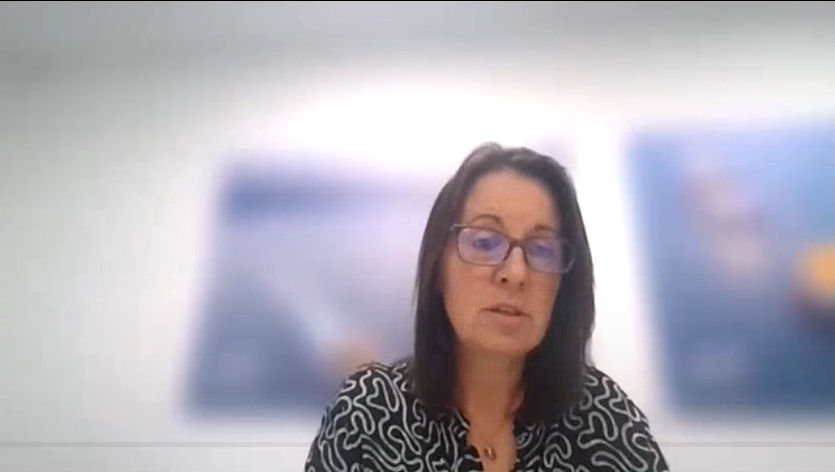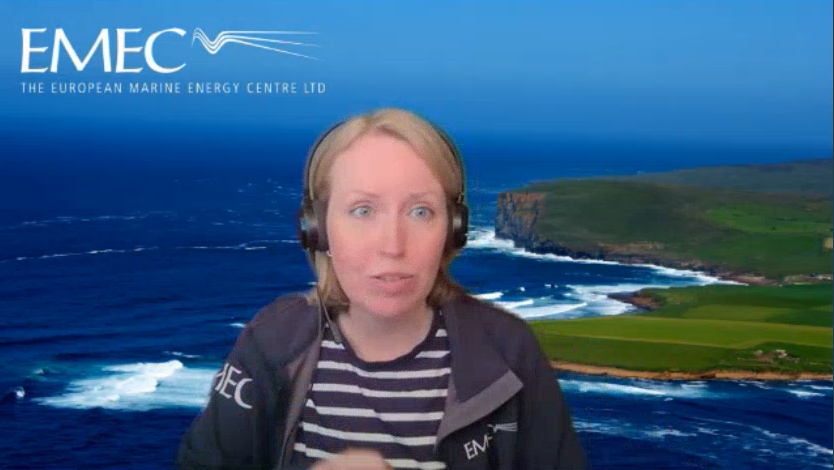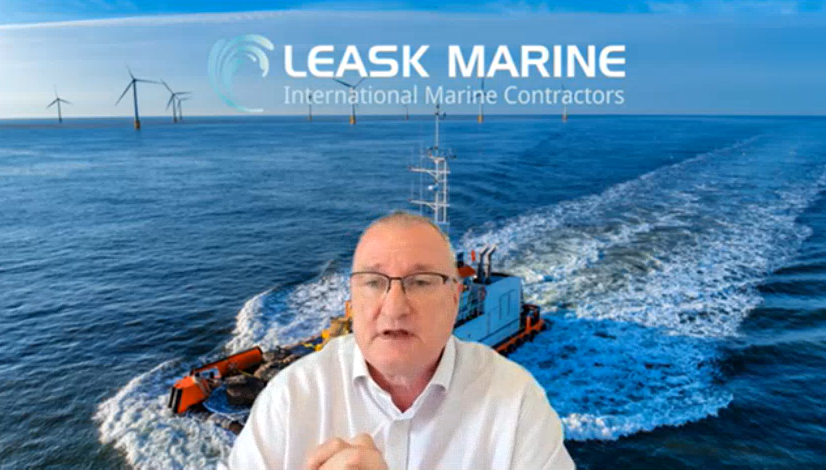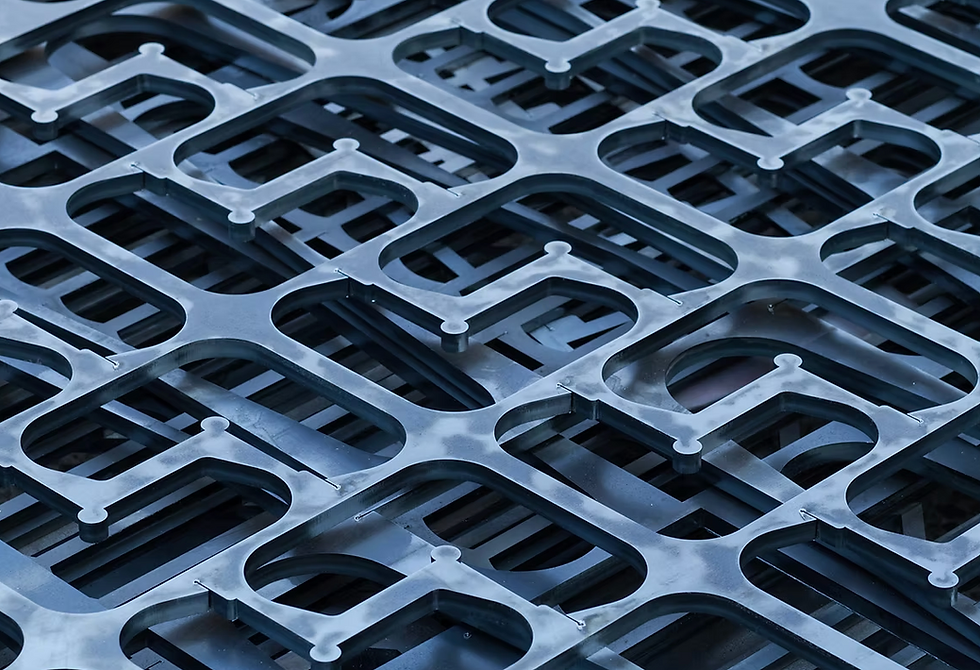From early-stage tech to Industrial Reality: The UK’s Marine Energy Ecosystem Takes Shape
- tiernan83
- Sep 11
- 4 min read
Updated: Sep 17
New sector developments, including a Marine Task Force to drive policy and strategy, is leaving the marine energy sector on the cusp of industry-scale
If you were to sum up the state of the UK’s marine energy sector in one phrase, it would be this: on the cusp of industrial reality. That was the clearest takeaway from Foresight Events’ recent webinar, Offshore Energy Tech: The Next Wave of Innovation, where leaders from across the ecosystem came together to reflect on a defining moment for tidal stream power.
The UK has long been recognised as the world’s most active testbed for marine energy. From the European Marine Energy Centre (EMEC) in Orkney, the world's first and only facility in the world to test wave and tidal technologies for manufacturers, which has tested 35 devices from 22 companies across 11 countries, to pioneering projects like MeyGen in the Pentland Firth.
Building on this expertise, the sector now has policy backing, investment signals, and industry coordination to scale.
A Sector With Momentum
Several developments over the past 18 months have transformed the outlook:
Contracts for Difference (CfDs): From Allocation Round 4 onwards, tidal stream has benefited from a dedicated ring-fence. More than 120 MW of tidal projects now hold CfD contracts, giving developers the revenue certainty needed to attract finance.
The University of Edinburgh report: Published earlier this year, it highlighted the economic prize - potentially £8bn in GVA to the Scottish economy, and 15k jobs if the UK captures a share of the global marine market.
The Marine Energy Taskforce (MET): Launched in June 2025, co-chaired by the Energy Minister and industry, the MET is a structured forum to tackle barriers around site development, finance, innovation, and supply chain. Its roadmap, due in 2026, is expected to set deployment and investment priorities out to 2035.

This signals an industry step change, and a potential sign that the is ready to progress from emerging technology to an industrial-scale addition to the UK renewable energy mix.
"We're developing more technology here in the UK than anywhere else in the world. We have more potential for installed capacity through both public and private investment into infrastructure through our test and demo sites"
- Sue Bartlett Reed, MET Chair
A Different Kind of Value Proposition
Marine energy’s unique selling point is not just kilowatt-hours. speaking on this, Sue Bartlett-Reed, Chair of the new Marine Energy Taskforce, remarked on how tidal and wave provide predictable generation, high UK content, and coastal economic benefits. “We're developing more technology here in the UK than anywhere else in the world. We have more potential for installed capacity through both public and private investment into infrastructure through our test and demo sites”.
"[We are] looking at strategic route maps for delivery of sectors that we know will both.
Decarbonise our energy system, increase the economy and see growth".
CfDs are a big step forward, but financiers need clearer market signals. The MET’s roadmap could be the mechanism that unlocks consistent private capital.
Innovation demonstration and Supply Chain priorities
On innovation, Eileen Linklater, Coporate Affairs Director at the European Marine Energy Centre (EMEC) spoke about moving from first-of-a-kind prototypes to array deployments. At EMEC’s sites, devices are no longer simply proving survivability but being readied for commercial farms. The centre is also pioneering whole-system integration: combining tidal and wave testing with hydrogen production, storage, and synthetic fuels, proving marine energy's wide economic rational.
"Commercialising new technologies is complex and you really need a good strategic alignment between the technology push and the market pull... we help technology prove a whole range of stuff in a real C environment".

John Macleod, Commercial and HSEQ Director at Leask Marine, an international contractor, highlighted the vital role of the UK supply chain. His firm has installed wave and tidal devices for 35 developers worldwide, embedding specialist skills in Orkney and beyond. But he cautioned that policy stop–start undermines continuity: “Without stable frameworks, we risk losing the capability the UK has built.”
Both emphasised that grid bottlenecks remain a major constraint. Orkney, for example, has been exporting constrained renewables since 2013. Solutions like hydrogen provide flexibility, but strategic grid planning with NESO is critical if the sector is to scale.

What Comes Next
The mood across the panel was cautiously optimistic. The technology works; the supply chain exists; the revenue support is in place. Now the focus is on accelerating deployment and “getting more hardware in the water,” as Linklater put it.
The challenge is to seize this window before momentum slips. That means:
Locking in multi-round, flexible CfD support with clear targets.
Prioritising grid planning so marine energy is factored into major transmission upgrades.
Supporting coastal skills and supply chains, ensuring the economic benefits stay rooted in the communities closest to the resource.
As Macleod closed the discussion: “The next generation is the one where ocean energy moves decisively from demonstration to industrial reality.”
If that proves true, then 2025 may be remembered as the year the UK’s marine energy ecosystem finally dropped its sails.




